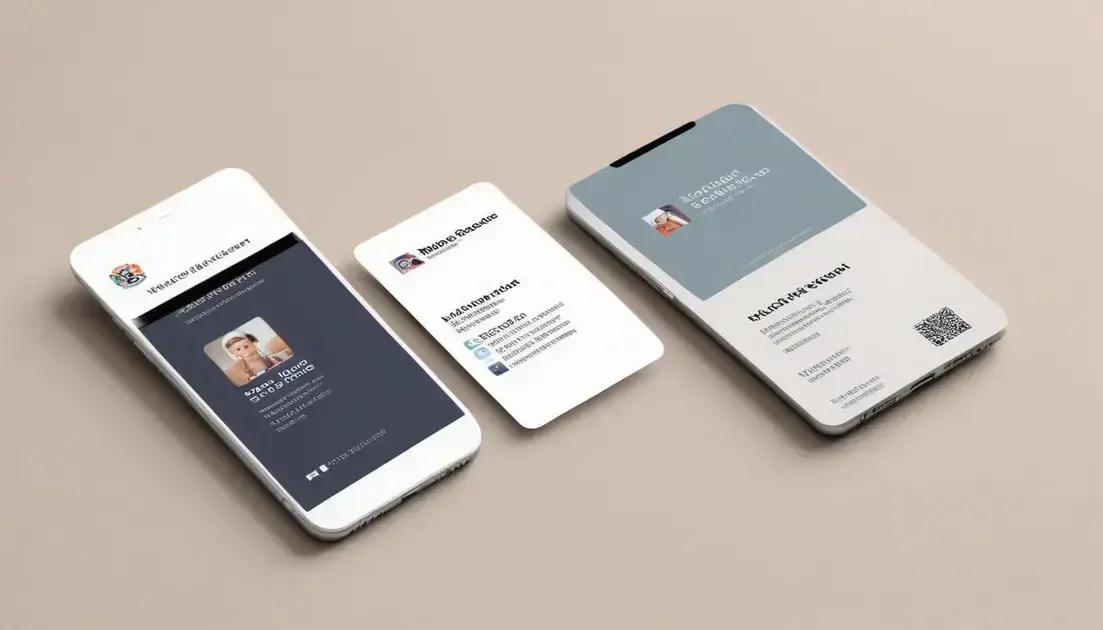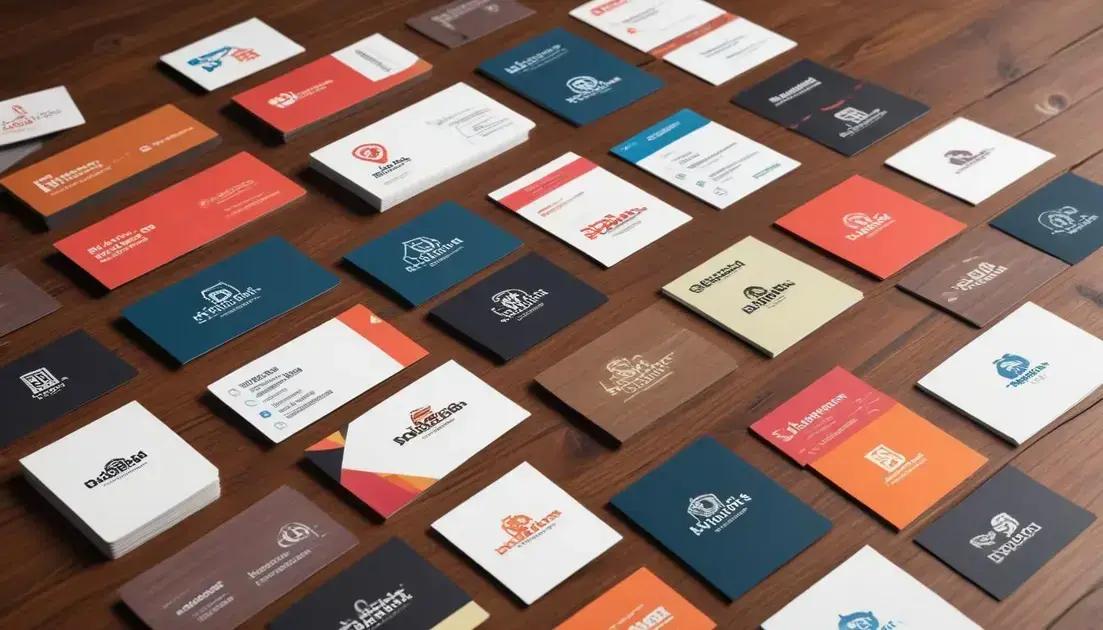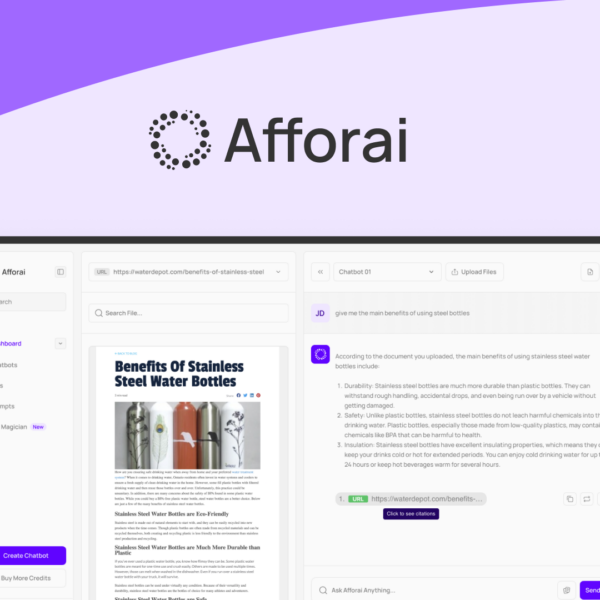Business cards play an essential role in shaping your brand’s identity. In a world where first impressions matter, a well-designed business card effectively communicates what you stand for. Let’s dive into how these small tools can create big opportunities!
The Evolution of Business Cards
The evolution of business cards has been quite fascinating. Originally, they were used as visiting cards or calling cards in the 15th century. People would leave them when they visited someone’s home. These cards were often simple and elegant, made of luxurious materials.
As time went on, business cards began to transform into a tool for marketing. By the late 19th century, companies started including their business names and important information. This helped people remember who they were and what they did.
In the 20th century, things really took off. The design of business cards became a form of self-expression. People began using colors, logos, and unique shapes to stand out. This creativity helped to make first impressions even more impactful.
Today, we see both traditional and digital business cards. Even though technology has changed communication, business cards still hold their value. They are a tangible way to share contact information.
As more businesses go digital, having a physical card remains important. It’s a personal touch that can make a difference when networking. The evolution of business cards shows how they adapt to the times while retaining their core purpose: to connect people.
Traditional vs Digital Formats

When it comes to business cards, there are two main formats: traditional and digital. Each one has its own strengths and weaknesses. Understanding both can help you decide which is best for you.
Traditional business cards are physical cards made of paper or plastic. They’re tangible and can leave a lasting impression. People often remember a good-looking card. You can get creative with designs, colors, and textures to stand out. Plus, they’re easy to hand out when you meet someone.
On the other hand, digital business cards are more modern. You can save them on your smartphone or send them via email. This format is eco-friendly and reduces paper waste. Digital cards can also be easily updated, so your information is always current. However, they rely on technology, which can be a downside if someone doesn’t have a device handy.
Both formats have their place in networking. Traditional cards offer a personal touch, while digital cards provide convenience. Many people choose to use both, giving out physical cards at events and sharing digital cards online. This mix can cover more ground and maximize opportunities.
Ultimately, the choice between traditional and digital formats depends on your style, your message, and who you’re trying to connect with. Finding the right balance can make a big difference in how you share your brand.
The Psychological Impact of First Impressions
The first impression you make can greatly influence how others see you. This is especially true in business. A strong impression can open doors to new opportunities. A weak one might close them before they even begin.
Business cards play a key role in making that first impression. They often serve as the first thing someone sees about you. A well-designed card shows professionalism and attention to detail. It can signal that you care about your brand and how you present yourself.
Research shows that people form opinions within seconds of meeting someone. That’s why you need to be memorable. A unique business card can help you stand out. Creative designs or special features like QR codes can catch attention and make you seem innovative.
On the flip side, a poorly designed card can hurt your chances. If it’s messy or hard to read, people might think you don’t take your business seriously. Colors and fonts matter too. They can evoke feelings and influence perceptions, so choose wisely.
Remember, a strong first impression makes you more approachable. It can lead to better networking connections and successful collaborations. The right business card paired with your personality can set the stage for exciting conversations.
Essential Design Elements for Business Cards

Designing an effective business card is crucial. The right elements can make your card stand out. Here are some essential design elements to consider.
First, choose the right size. Traditional business cards are typically 3.5 x 2 inches. This size fits easily in wallets and cardholders. Make sure your design fits this space without looking cramped.
Next, think about colors. Your color palette should reflect your brand identity. Use colors that evoke the right feelings. For example, blue often shows trust, while red can grab attention. Keep the number of colors limited to maintain a clean look.
Typography is also important. Choose fonts that are clear and easy to read. Avoid fancy fonts that might be hard to understand. Use one or two complementary fonts at most to keep it stylish yet simple.
Don’t forget about images and logos. Including your logo can help with brand recognition. Ensure it is high-quality and fits well in the design. Balance the visual elements with the text for a cohesive look.
Finally, add your contact information. Include your name, title, phone number, and email address. You might also consider adding your website or social media handles for easy access. Make sure this information is easy to find and read.
By focusing on these essential design elements, you can create a business card that leaves a lasting impression and effectively communicates your brand.
Innovative Trends in Business Card Design
Business card design is always changing. Staying updated on innovative trends can help you stand out. Here are some exciting trends to consider.
One popular trend is the use of unique shapes. Instead of standard rectangles, cards are now made in circles, squares, or custom shapes. This catches the eye and makes your card memorable.
Another trend is incorporating technology. QR codes can link to your website or social media profiles. This offers quick access to more information and makes your card interactive.
Minimalist designs are also on the rise. Simple layouts with clean lines and limited text can make a strong impact. Fewer elements allow the essential information to shine without distraction.
Material choice is evolving too. While paper is common, cards are now made from metal, wood, and even recycled materials. These options provide a unique feel and show your commitment to sustainability.
Color gradients are becoming popular as well. Instead of flat colors, using gradients adds depth and interest. Bright and bold colors can energize your design and draw attention.
Lastly, consider adding tactile elements. Embossing or foil stamping can create a luxurious feel. These textures enhance the experience and leave a lasting impression.
By embracing these innovative trends, you can design a business card that not only represents your brand but also stands out in a crowded marketplace.
Using Business Cards as Marketing Tools

Business cards are more than just contact information. They can be powerful marketing tools. Here are some ways to use them effectively.
First, always ensure your card reflects your brand. Use your logo, colors, and style to create a consistent look. This helps people remember you and your business.
Include a clear message on your card. A catchy tagline or unique selling point can grab attention. Tell potential customers why they should choose you over others.
Consider adding special offers or discounts on your card. For example, a coupon or promo code encourages people to reach out. This can increase the chances of conversion.
Networking events are great opportunities to hand out your cards. Be sure to collect cards from others too. This can lead to future connections and business opportunities.
Incorporate your business card into your other marketing materials. Include it in your packaging or with invoices. This keeps your brand on their mind, even after the initial meeting.
Lastly, make sure your cards point to your online presence. Adding a QR code can link to your website or social media profiles. This provides easy access to more information about your business.
By using business cards as marketing tools, you can enhance your networking efforts and promote your brand effectively.
Creating a Unified Brand Experience
Creating a unified brand experience is vital for any business. Your business cards play a big role in this. Here’s how to ensure your cards align with your overall brand.
First, use consistent colors and fonts. Your business card should match your website and other marketing materials. This helps reinforce your brand identity and makes it more memorable.
Include your logo prominently. Your logo is often the first thing people notice. Make sure it’s clear and well-placed on your card.
Use language that reflects your brand’s voice. If your brand is fun and playful, use casual language. If it’s professional, keep the language formal. This consistency helps people connect with your brand.
Consider the overall design. The style of your business card should match your brand’s personality. Modern brands might use sleek designs, while vintage brands may prefer classic styles. This alignment creates a cohesive look.
Don’t forget about the message you want to convey. What do you want people to feel when they see your card? Your messaging should resonate with your values and mission.
Finally, use high-quality materials. A well-made card shows that you take pride in your brand. It contributes to a positive perception and enhances the overall experience.
By focusing on these elements, you create a unified brand experience through your business cards. This strengthens your brand and helps build lasting connections.
Tracking Business Card Effectiveness
![]()
Tracking the effectiveness of your business cards can help you understand their impact. Here are some ways to evaluate how well your cards are working.
First, keep track of the number of cards you distribute. Knowing how many you hand out can help you measure your networking efforts. Set goals for yourself, like aiming to give out a certain number each month.
Next, ask for feedback. When you meet someone, inquire if they recall your card. This helps you gauge whether your design and message interested them.
Another method is to use unique codes or QR codes. You can place a code on your card that leads to a special webpage. Track visits or sign-ups to see how many people engaged after receiving your card.
Consider connecting your cards to online promotions. If you offer a discount for cardholders, track how many use it. This provides clear data on your card’s effectiveness.
Monitor your connections on social media too. If someone contacts you after receiving your card, take note. This indicates the card made a positive impact and helped build a relationship.
Lastly, review your business outcomes. If you notice an increase in leads or sales, your business cards may be working well. Adjust your design or strategy if the results aren’t meeting your goals.
By tracking effectiveness, you can improve your business card strategy and maximize its potential for networking and growth.
Future Strategies for Business Cards
As we look to the future, business cards will continue to evolve. Here are some strategies to keep your cards relevant and effective.
First, consider going digital. Digital business cards are becoming more common. They’re easy to share and can be updated quickly. Using an app can help you create and store your cards online, making them accessible anytime.
Incorporating technology is another key strategy. Adding features like QR codes or NFC chips makes your card interactive. People can scan your code to access your website or social media profiles instantly.
Customizing your cards for specific events can also make an impact. Tailor your design and information for networking events, trade shows, or conferences. This shows that you put thought into your outreach.
Focus on sustainable materials as well. Eco-friendly business cards made from recycled paper or other materials show your commitment to the environment. This can resonate well with eco-conscious clients.
Lastly, keep an eye on design trends. Regularly update your card’s look to reflect modern styles. Trends like minimalism and bold colors can help attract attention and keep your brand fresh.
By adopting these future strategies, you can ensure your business cards remain a powerful tool in your marketing strategy.




